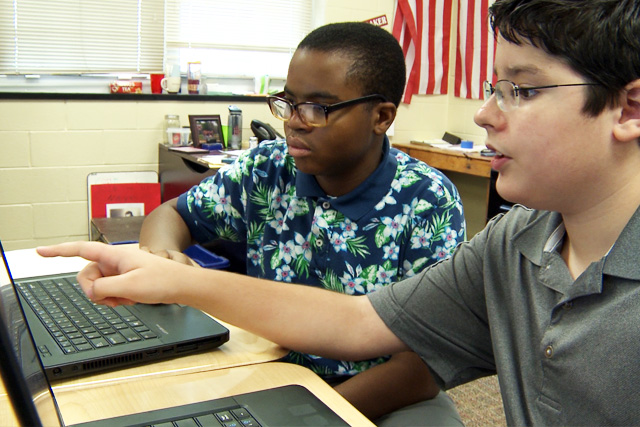This module is for

As an analytical practice, students develop an argument, investigate sources, draw conclusions, and use evidence-based reasoning to build a case.
Promote Student Inquiry
Inquiry-based learning is a student-centered, active learning approach that is rooted in asking questions, analyzing evidence, exploring answers, and expressing new learning. Different types of students are allowed different ways of thinking as their curiosity prompts them to ask questions. Students are in charge of their learning as they determine their thoughts about a topic and explore explanations to their own questions. Inquiry-based learning helps students personalize the content in ways that make it relevant and meaningful to them.
In this approach, the traditional role of teacher-driven instruction takes a back seat. Instead, teachers are facilitators who engage with students as thought partners to move them along the continuum of general curiosity to critical thinking. During guided inquiry activities, teachers encourage students to ask questions and offer support during student analysis and investigation. Teachers also facilitate group discussions around difficult topics, and assist students as they question and process sensitive issues.
Watch the following video to learn more about inquiry-based learning.
Stripling Model of Inquiry
Dr. Barbara K. Stripling, Senior Associate Dean and Associate Professor of Practice in the School of Information Studies (iSchool) at Syracuse University, outlined the Stripling Model of Inquiry in 2003. Students engage in a cycle of inquiry-based learning as they move through six phases. The Stripling Model of Inquiry promotes deeper learning and understanding, and is not designed to be a linear process for students. Instead, ongoing reflection is encouraged and students should repeat a phase as needed.
Click each term in the following activity to explore the six phases of the inquiry process.
> Text version for interactive




